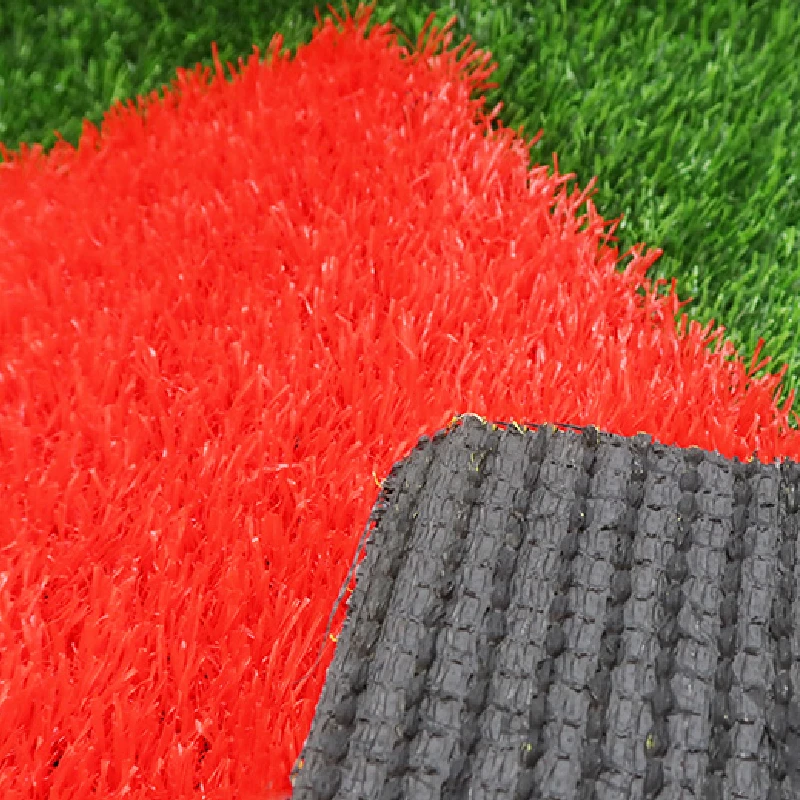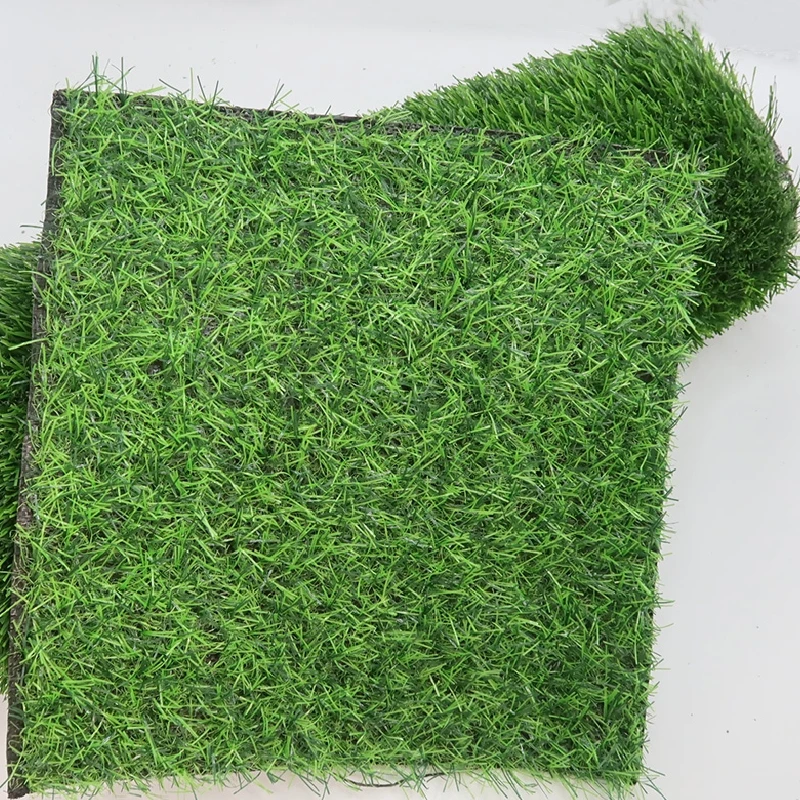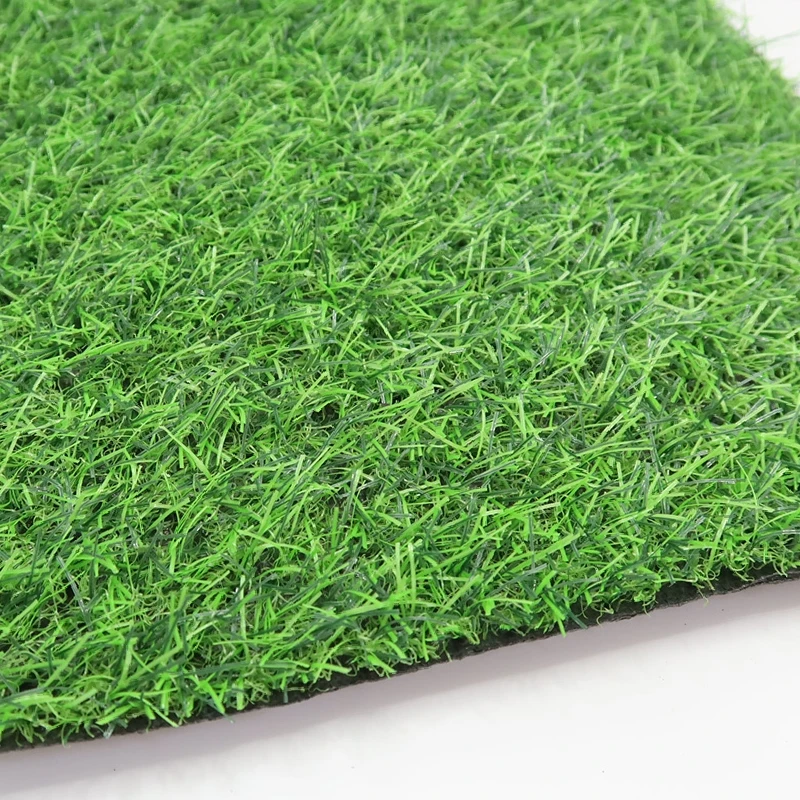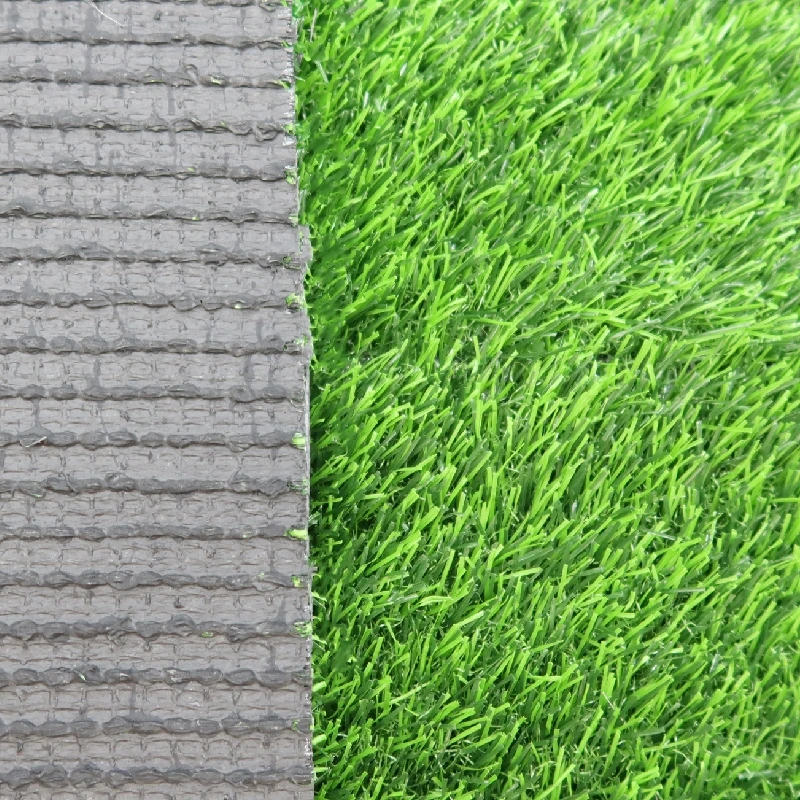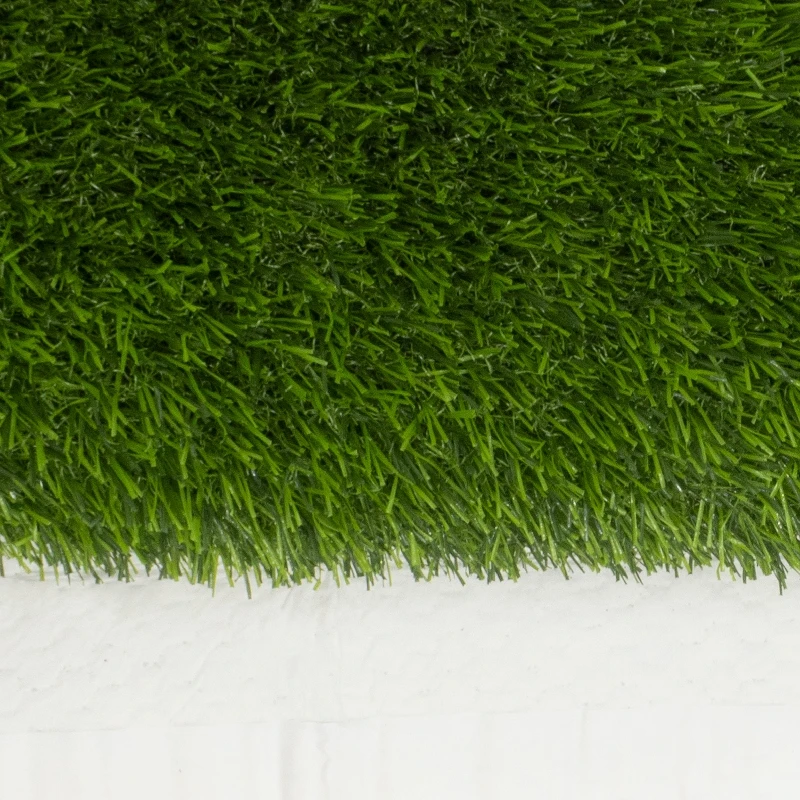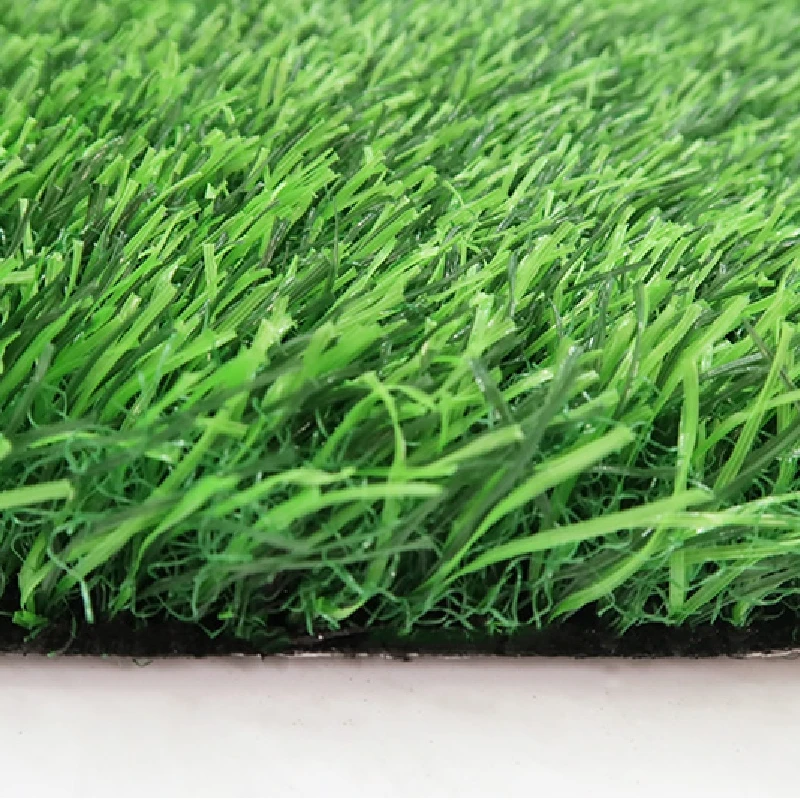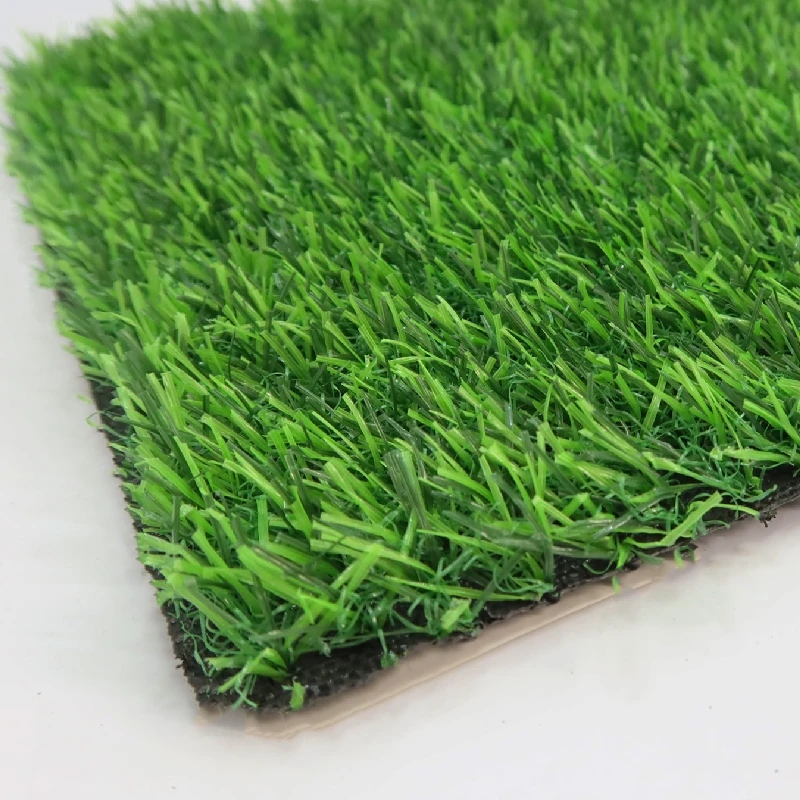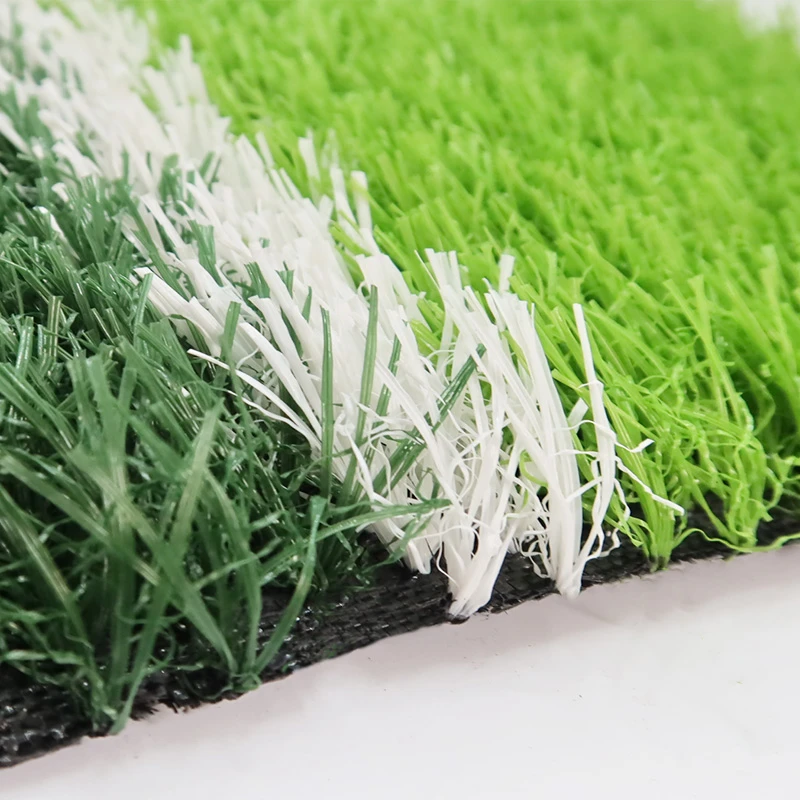
- Afrikaans
- Arabic
- Belarusian
- Bengali
- Czech
- Danish
- Dutch
- English
- Esperanto
- Estonian
- Finnish
- French
- German
- Greek
- Hindi
- Hungarian
- Icelandic
- Indonesian
- irish
- Italian
- Japanese
- kazakh
- Rwandese
- Korean
- Kyrgyz
- Lao
- Latin
- Latvian
- Malay
- Mongolian
- Myanmar
- Norwegian
- Persian
- Polish
- Portuguese
- Romanian
- Russian
- Serbian
- Spanish
- Swedish
- Tagalog
- Tajik
- Thai
- Turkish
- Turkmen
- Ukrainian
- Urdu
- Uighur
- Uzbek
- Vietnamese
Exploring the Benefits and Features of Synthetic Turf for Football Fields
Nov . 07, 2024 18:04 Back to list
The Rise of Synthetic Turf in Football Revolutionizing the Game
In recent years, the world of football (also known as soccer in some regions) has witnessed a significant transformation with the increasing adoption of synthetic turf. This innovative playing surface has become a game-changer, reshaping the sport in ways that enhance performance, durability, and maintenance. As we delve into the impact of synthetic turf on football, it is crucial to explore its benefits, challenges, and future prospects in the realm of the beautiful game.
Advantages of Synthetic Turf
One of the most compelling advantages of synthetic turf is its durability. Unlike natural grass, which can suffer greatly from wear and tear due to the hard tackling and vigorous movements that characterize football, synthetic surfaces can withstand heavy use without losing their integrity. They remain lush and uniform, allowing for consistent playing conditions throughout the season. This durability is particularly important for multi-use fields that cater to various sports and activities, providing a reliable surface year-round.
Additionally, synthetic turf offers reduced maintenance costs. Natural grass requires regular mowing, watering, fertilizing, and pest control to keep it in prime condition. In contrast, synthetic turf needs minimal upkeep, primarily periodic cleaning to remove debris. This reduction in maintenance time and costs allows clubs, schools, and municipalities to allocate their resources elsewhere, ultimately making synthetic turf an economically attractive choice.
Another significant benefit of synthetic turf is its adaptability to different weather conditions. Regardless of the climate, synthetic pitches can provide a playable surface, whether in extreme heat, heavy rain, or even snow. This characteristic extends the playing season and reduces the likelihood of match cancellations due to poor field conditions. Consequently, players can enjoy a more consistent training and game experience, which can lead to improved performance.
Safety Considerations
While synthetic turf boasts many advantages, concerns regarding player safety have surfaced. Earlier generations of synthetic turf were criticized for higher injury rates, particularly related to joint injuries and abrasions. However, advancements in technology and design have led to the development of safer, more player-friendly surfaces. Modern synthetic pitches incorporate softer materials and advanced shock-absorption systems, which significantly mitigate the risk of injury. Moreover, regulatory bodies, including FIFA, have established standards for synthetic turf quality to ensure player safety and performance.
football synthetic turf
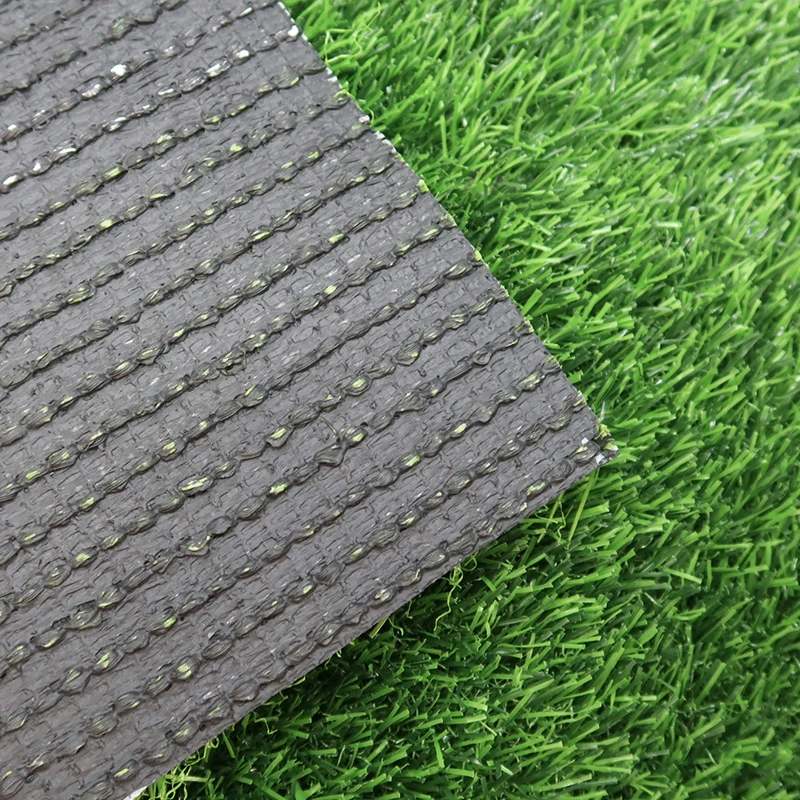
Environmental Impact
Another area of discussion is the environmental impact of synthetic turf. Critics argue that while synthetic surfaces eliminate the need for water and pesticides, they are made from non-renewable resources and can contribute to environmental pollution. However, many manufacturers are now focusing on sustainability by developing eco-friendly materials and promoting recycling initiatives for old turf. This shift indicates a growing awareness in the industry regarding the need for environmental responsibility.
The Future of Football on Synthetic Turf
As technology continues to advance, the future of synthetic turf in football looks promising. Innovations in materials, design, and maintenance methodologies will likely enhance the playing surface's performance and sustainability. With the ongoing increase in synthetic turf installations worldwide, many teams, from grassroots clubs to professional leagues, are beginning to embrace this change.
Furthermore, the potential for expanding the game globally is significant. In regions where maintaining natural grass is challenging due to climatic conditions or economic constraints, synthetic turf offers an opportunity to establish football fields that might not otherwise be feasible. This can help grow the sport in underrepresented areas, providing more opportunities for players to engage in the game and develop their skills.
Conclusion
In conclusion, the rise of synthetic turf in football represents a revolutionary shift in how the game is played and experienced. While there are challenges to address, the advantages—durability, reduced maintenance, year-round playability, and increased safety—make synthetic turf an appealing choice for many football organizations. As the sport continues to evolve, synthetic surfaces will undoubtedly play a significant role in shaping the future of football, expanding opportunities for players and fans alike. Through innovation and sustainability, the beautiful game can continue to thrive on a global scale.
-
The Benefits of Artificial Turf for Indoors
NewsJul.15,2025
-
How Artificial Grass Suppliers Ensure Quality Products
NewsJul.15,2025
-
Artificial Grass and Pets: A Space for Relaxation
NewsJul.08,2025
-
Balcony & Outdoor Decoration with Artificial Grass
NewsJul.08,2025
-
Best Indoor Artificial Grass for Home
NewsJul.07,2025
-
Best Pet Turf for Dogs: Safe & Durable Artificial Grass Options
NewsJul.07,2025
Products categories


